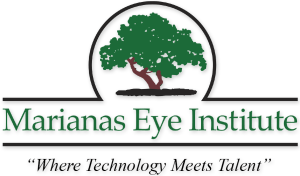A recent report of two women who temporarily lost sight in one eye after reading their smartphones while lying in bed shouldn’t cause alarm, experts say. But the incidents do point to the importance of using digital devices smartly to avoid eye strain.
The women lost vision for up to 20 minutes in one eye after reading their phones in the dark while lying in bed with the other eye covered by a pillow, researchers wrote in The New England Journal of Medicine.
Dr. Gordon Plant of Moorfield’s Eye Hospital in London told the Associated Press that the eye reading the phone was adapted to the light, while the covered eye was adapted to the dark. When the women put their phone down, they couldn’t see with their reading eye. “It’s taking many minutes to catch up to the other eye that’s adapted to the dark,” Plant said. People should look at their phones with both eyes, he advised.
The researchers called the condition “transient smartphone blindness.” They said that it is likely to become more common, because phone manufacturers are making brighter screens for easier reading.
Dr. Rahul Khurana, a spokesman for the American Academy of Ophthalmology, told Today he doesn’t consider this a serious problem. He noted it is not an official medical condition, and needs more study.
But there are steps you should take to protect your eyes when reading your phone. Staring at your phone can make your eyes feel dry and tired. You may develop fatigue, blurry vision or eye strain. That’s because people blink much less when using digital screen devices such as smartphones and computers.
When using a smartphone, computer or other digital device:
- Use the “20-20-20” rule to avoid eye strain: Take a break every 20 minutes. Shift your eyes toward an object that’s at least 20 feet away. Look at the object for at least 20 seconds.
- When your eyes feel dry, refresh them with artificial tears.
- To make it easier for your eyes to see, adjust the lighting in your room so your screen is not much brighter than the surrounding light. Also try increasing the contrast on your screen.
(From the American Academy of Ophthalmology)




